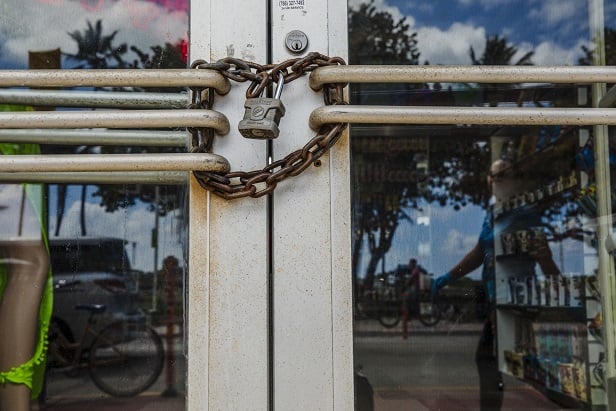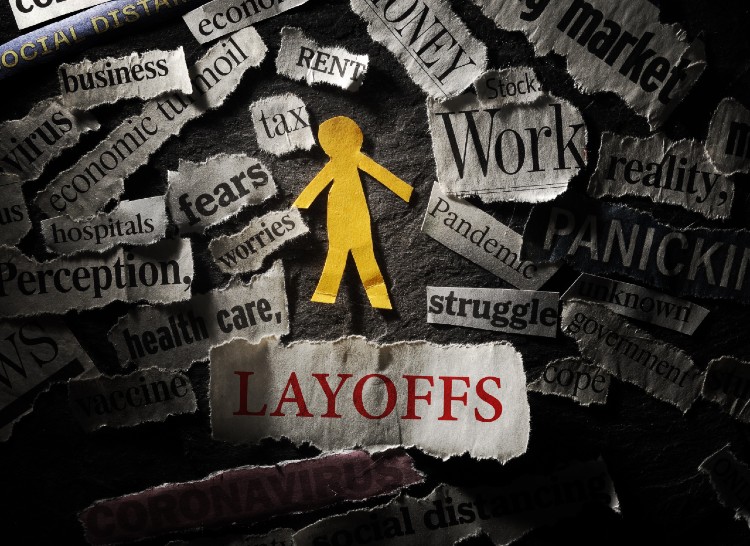Not all TDFs created the same
The decline of TDFs in the wake of the financial crisis drew the ire of then SEC commissioner Louis Aguilar. Prior to the crisis, 2010 funds were front-loading equity risk. From 2006 to 2007, the average equity allocation went from 41 percent to 57 percent. The four largest 2010 funds held an average equity position of 52.2 percent. Managers ranged widely: Previous Morningstar research showed equity allocations from 26 percent to 72 percent. Losses during the financial crisis ranged from 9 percent to 42 percent. The average loss was 22.8 percent in 2010 funds. In general, today's 2020 managers appear to be more disciplined, says Leo Acheson, director of multi-asset ratings at Morningstar. "During the financial crisis, near-retirees were, on average, more aggressively positioned than they were during this year's bear market," Acheson said in an email. "Our 2009 target-date landscape report shows the average 2010 fund had a strategic equity weighting of about 50 percent during 2009. During this year's selloff, the average 2020 fund had a strategic equity weighting of about 43 percent." Moreover, underlying funds in TDFs have averted some of the losses seen in 2008 and 2009. Over the last decade, improvements in underlying manager selection and asset allocation approaches have benefited target-date investors," said Acheson. "For instance, during the financial crisis, Oppenheimer's target-date series suffered as its core bond offering lost more than 40 percent. You haven't seen underlying fund blowups to that degree in this year's drawdown." Acheson said TDF managers have developed more sophisticated asset-allocation and risk-management approaches. Nevertheless, the recent COVID-19 selloff reveals the diversity among funds' approach to risk management. "The sharp sell-off caused by the global coronavirus pandemic served as a good reminder that, despite extreme diversification, not all target-date funds are created equal," writes Acheson in new analysis of the TDF market. Acheson looked at seven prominent 2020 TDFs. Equity exposure ranged from 8 percent to 55 percent. See the gallery above for their statistics and his comments. READ MORE:
















